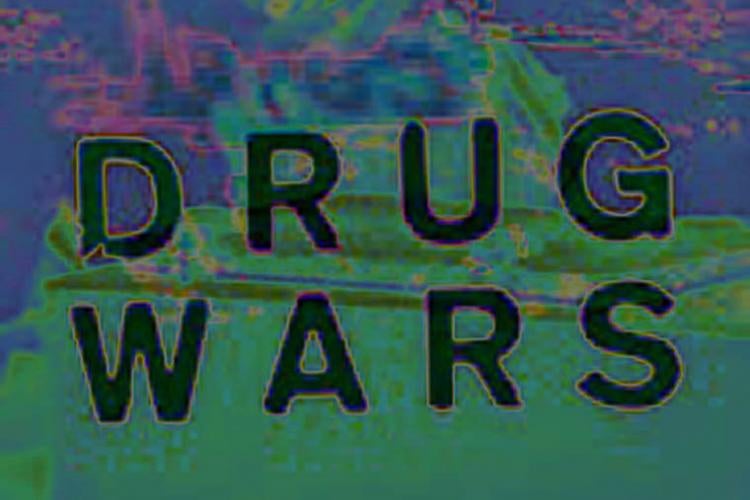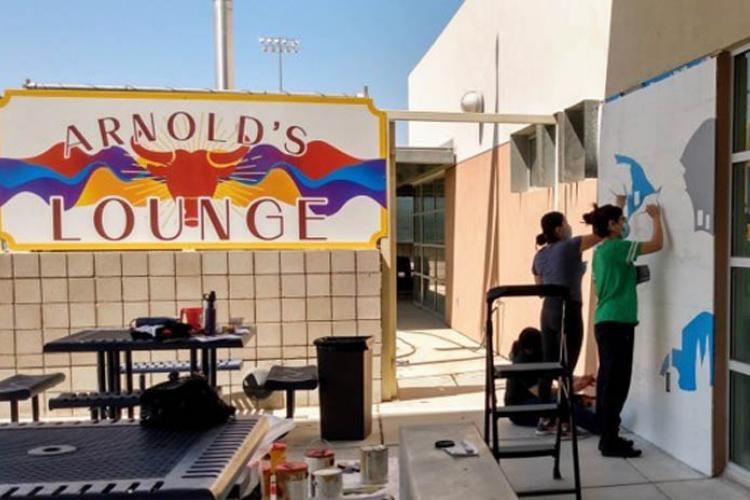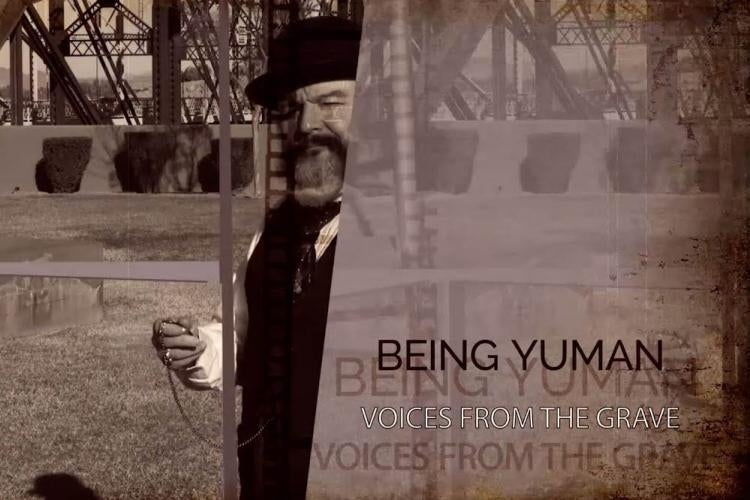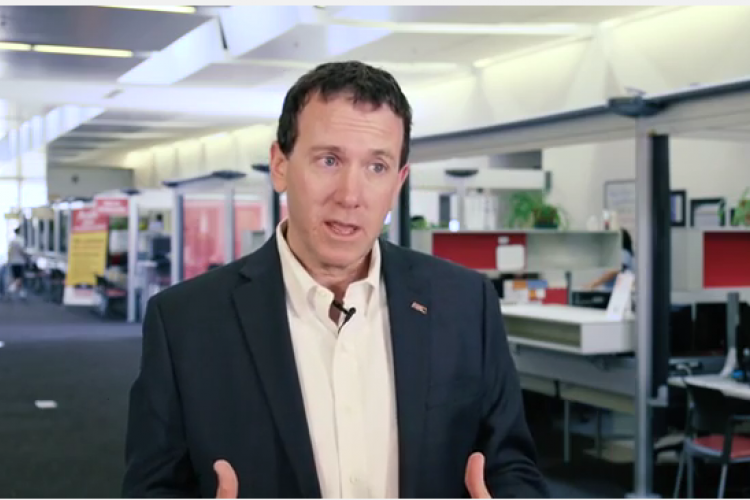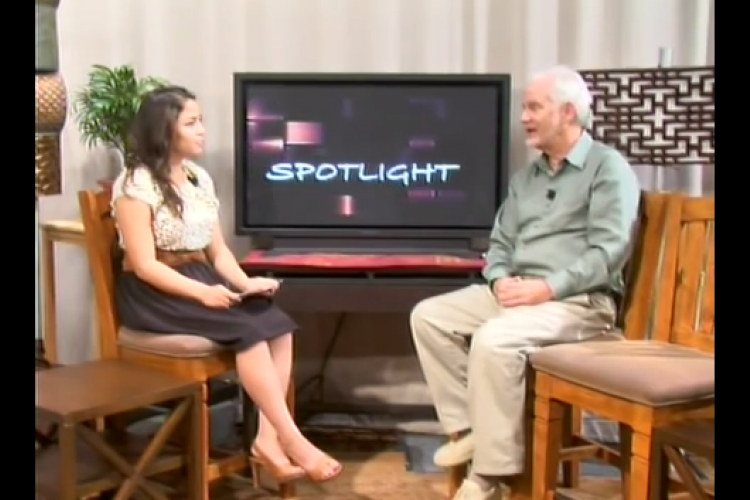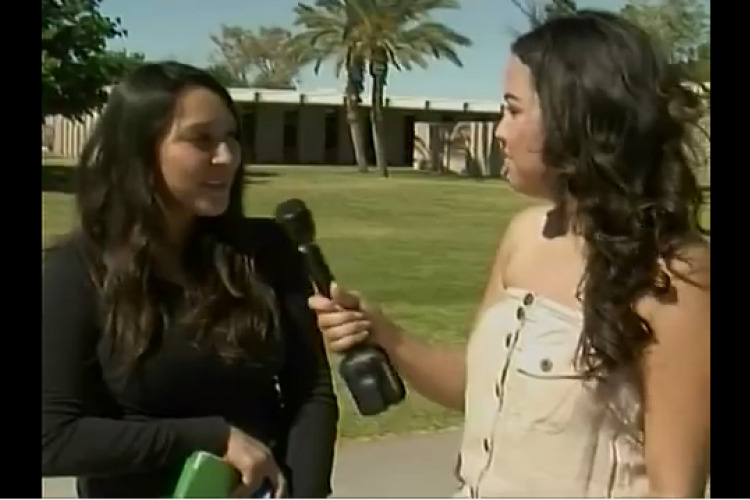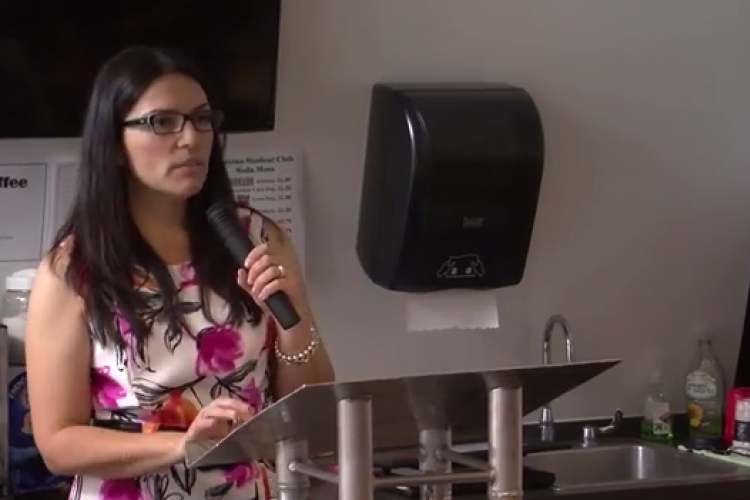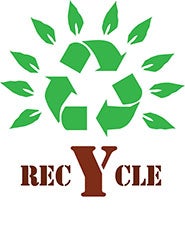
By Anacarla Bribiesca
Arizona Western College is a prime example of sustainability and environmental awareness. It is run with solar energy, promotes recycling, buys recycled products and even has a Sustainability Fair every April in honor of Earth Day. According to Pam Black's article in the March 2014 issue of Western Voice, AWC has reduced its carbon footprint by 50 percent. This is marvelous -- for the school.
The problem is that students are not doing their part. Despite recycling bins strategically placed, so as to not inconvenience anyone too much, mere inches away from almost every single trashcan all over campus, those trashcans are constantly filled with recyclable materials.
Why does it matter?
The average person produces about 4.3 pounds of waste per day, according to Duke University's School of Sustainability. Instead of risking letting that Starbucks cup or Gatorade bottle end up in a landfill or in the ocean, each of us could tilt our arms just a little further and place it in a recycling bin. Recycling cuts down emissions, reduces landfill waste, ensures animals ecosystems are not destroyed and preserves natural resources -- and best of all, it's free. Really. Free.
Not sure how to do it?
The following items need to be thrown in one of the blue or bottle-shaped bins:
- Aluminum and steel: soda cans, food cans or any metal with a recycling triangle on it.
- Cardboard: cartons, packaging, cereal boxes, or any box that is not contaminated by food or oils with a recycling triangle on it.
- Plastics (types 1-7): Starbucks cups, water bottles, shampoo bottles, milk jugs or any bottle with a recycling triangle with the numbers 1-7 on it.
- Glass: bottles or jars that are clear, blue or green.
- Paper: rejected essays, junk mail, failed art pieces, glossy magazines or this newspaper when this issue is no longer relevant.
The following items need to be thrown in the trash:
- Batteries
- Chemicals
- Biodegradable waste
- Clothes
- Food containers contaminated with food waste
What else can we do about this?
Another way to avoid waste is to not make it in the first place. How is this possible, you ask? It's as easy as buying a container that can be refilled and using it over and over. These can be as posh as those trendy hard-plastic Starbucks cups available at our school, or they can be the generic ones that can be bought for a buck. These can be used for years on end and even save you money by reducing the need to constantly be buying more and more water bottles.
We can also reduce waste by packing our own lunch and printing fewer things.
This is the only planet we have, and the effects of human carelessness are more apparent than ever. We have been told this for years; we have seen the evidence. The small efforts we make every day play a big role in the planet we will leave. We all need to do our part.
Graphic by Pam Black






